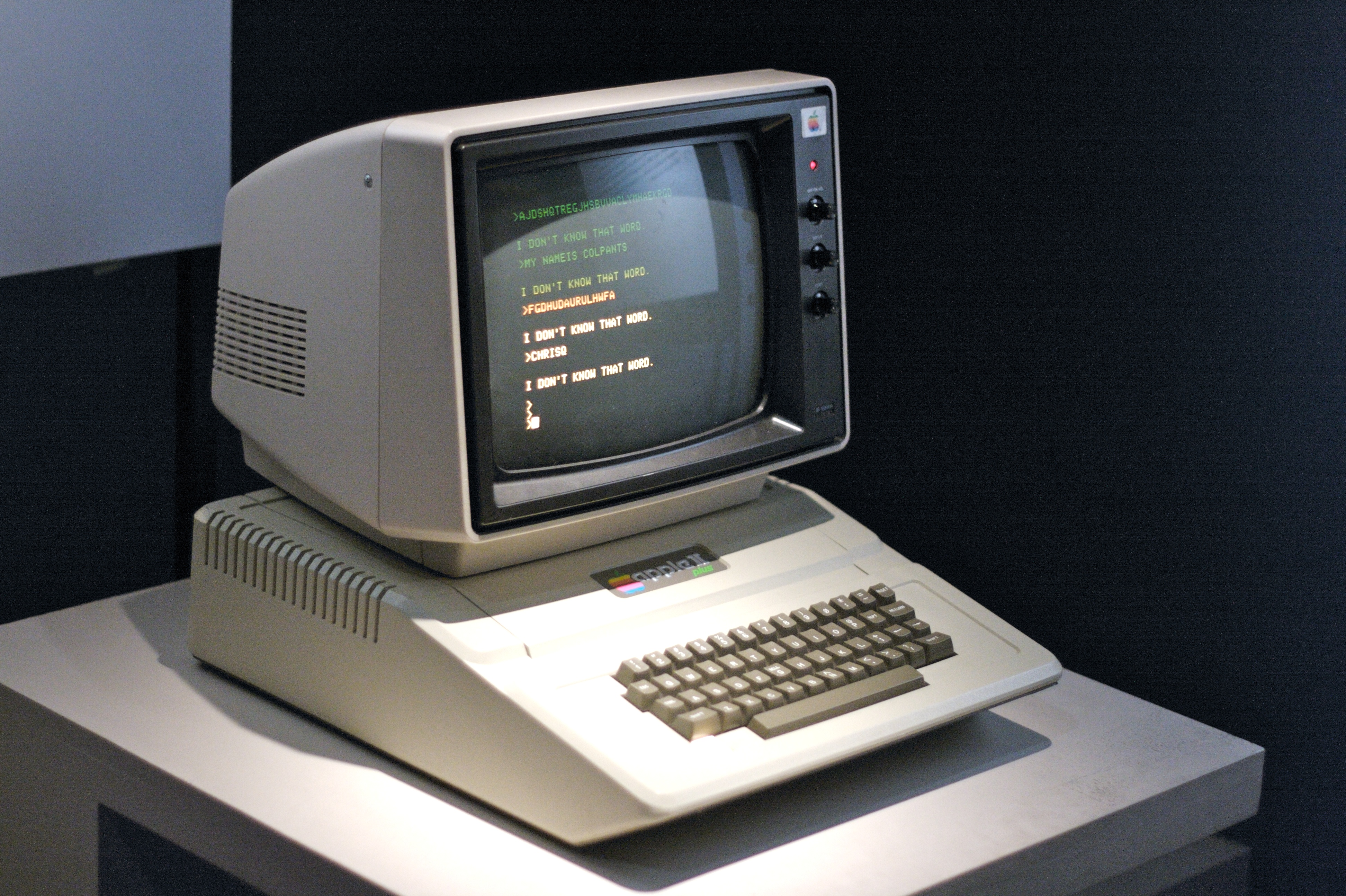A (Not-So) Brief History
The Disappearing Computer represents a broad trend in technology encompassing the entire history of computation tools. In order to understand the present state and future direction of computer hardware, it helps to know a little of its history. To understand future trends in computer hardware, software, availability, and interaction paradigms, we must first cover their history to observe existing patterns. The Disappearing Computer begins in the era of the abacus and continues through this very moment.
Calculating Tools
The earliest calculation tools were analog, mechanical aides to human problem solving. These include the counting stick, abacus, slide rule, and mechanical calculator or difference engine. They were capable of assisting their human operator to perform a few operations per second. The device itself was the interface.

Business Computing: Mainframes and Minis
Beginning around WWII, enormous research investment was made into specialized electromechanical/analog machines for computing a variety of strategic values. However, the great promise of computing was its general application to any problem of logic, a prediction made by history-making mathematicians studying the field of "computability". A fair reference on the revolutionary significance of this idea of a general-purpose computer is captured in the Anal Turing biopic The Imitation Game (2014).

In the postwar period, businesses leveraged government-funded and private research to create computer systems to assist in record-keeping and specialized computation tasks. These devices represent a huge investment of labor.
Due to their cost, mainframe computers were only accessible to government research and later the largest corporations. These room-sized, multi-million-dollar machines were capable of performing from an initial few thousand up to a few million operations per second. Most machines used monochromatic, text-based interfaces that required both specific knowledge of the specific task being approached (known as domain knowledge) as well as extensive training.
Personal Computing
The commercial breakthrough that brought previously room-sized business tools to the home was the personal computer revolution. Enabled by Intel's early 1970's launch of the first microprocessor, small startups and enthusiasts were able to put together complete computer systems using kits of generic components. The first successful pre-assembled personal computer was the Apple II, launched in 1977 for an astonishing $1,298. With its display capable of up to 16 colors and cutting edge graphical user interface (an innovation recently developed by XEROX), the Apple II cut through many of the usability barriers of the previous era of corporate business computers.

These new computers were general purpose and could be used for tasks such as gaming and word processing that previous required specialized hardware. However, the real innovation was their relative ease of programming, which enabled the development of whole new categories of computer software (including spreadsheets, making their first appearance in VisiCalc for the Apple II). An excellent rundown of the first 25 years of personal computer hardware can be found on Low End Mac .
Mobile Computing
Although dedicated consumer hardware for mobile communications was introduced in the early 1990s (as pagers and basic cellular phones), it wasn't until the late 2000s that miniaturization again brought general-purpose computing from the desktop to the pocket. Although portable personal computers had been around since the early 1980s (known with little affection as luggables), and the possibility for cellular-mobile internet access existed, not even the most sophisticated cellphones achieved more than voice and text communication until Apple introduced the touchscreen iPhone.

The iPhone brought together a critical collection of existing technologies, including the touchscreen interface, cellular broadband internet access, point and shoot digital camera, and mobile phone, in a consumer-oriented package; these features are displayed prominently in the icons on the device's main interface in the figure above. It launched the current generation of mobile computing, whose low cost, portability, power, and ease of use have brought computers to more users than ever before.